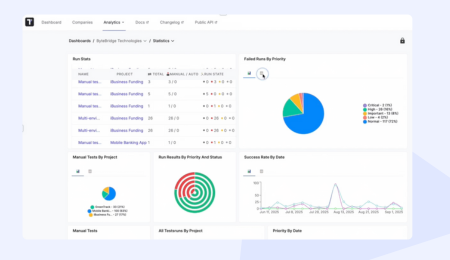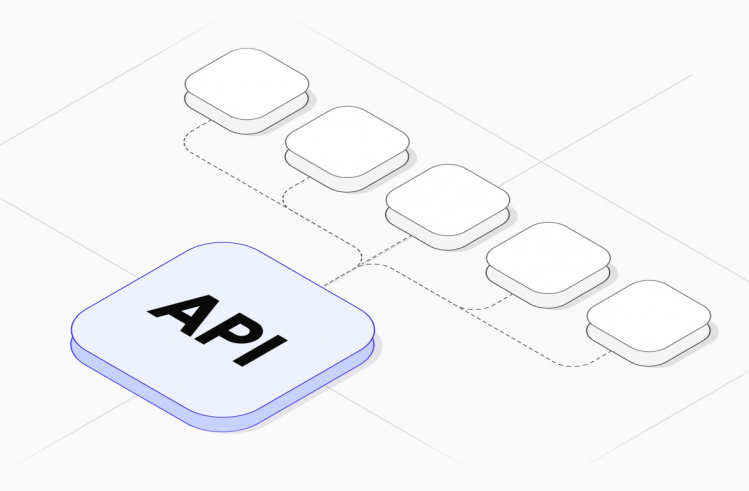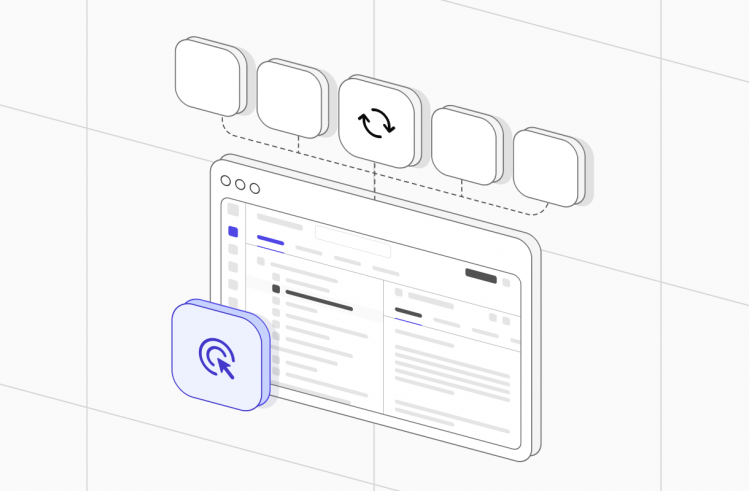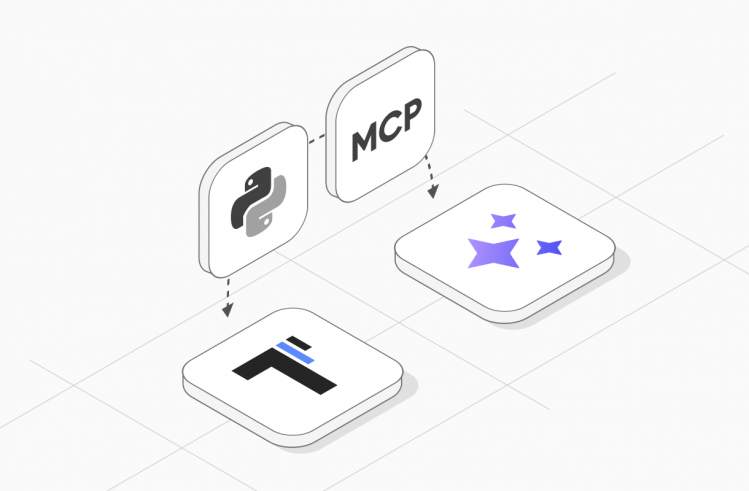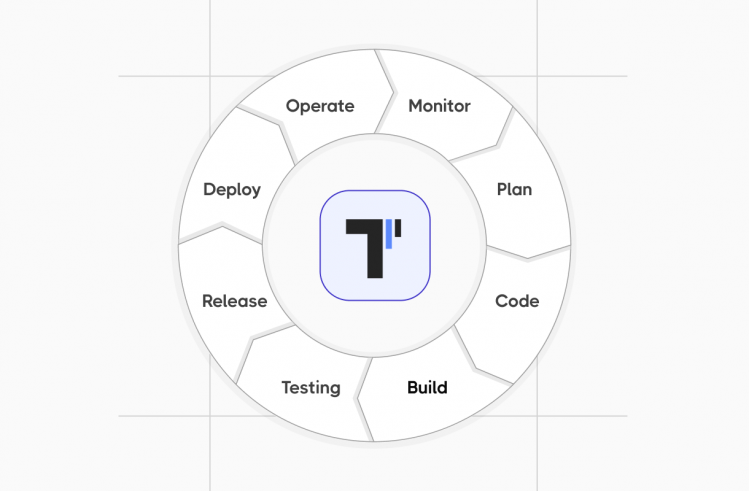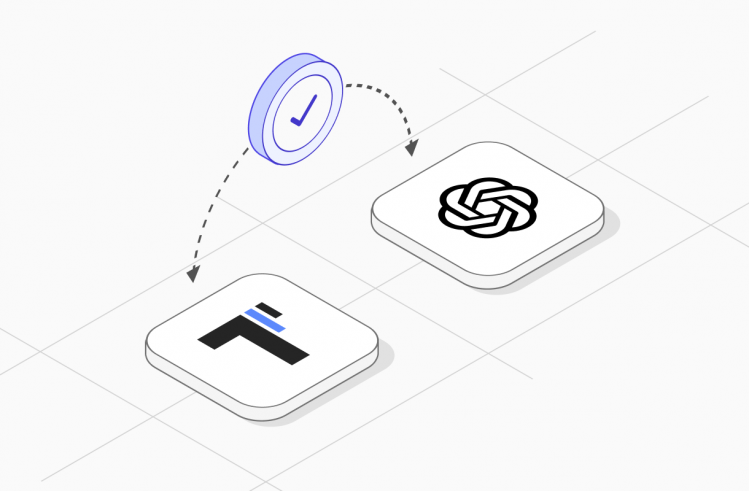The focus on Agile Development fueled by CI\CD pipelines demands a more flexible approach to the test data management process in any organization. This change presents a new challenge for QA teams – making sure that test datasets are up-to-date.
Recent studies reveal that QA engineers spend 30% of their time battling with defective and invalid test data. That’s between 5 and 15 hours each week wasted on data setup and troubleshooting, meaning a whole day is lost every week by QA teams.
Having Test Data Management tools in place becomes crucial for the teams to deliver high-quality and well-timed releases of developed products.
Keep on reading to learn more about Test Data Management👇
📊 TDM: Definition, Data Types & Quality Evaluation Criteria
In the software testing process, Test Data Management provides the development and testing teams with a systematic approach for governing appropriate test data throughout its lifecycle, including creation, secure storage, masking, anonymization, provisioning, and validation. To equip QA engineers with data of high quality, it simulates and mirrors real-world situations to guarantee the Apps undergo rigorous testing under diverse conditions/scenarios.
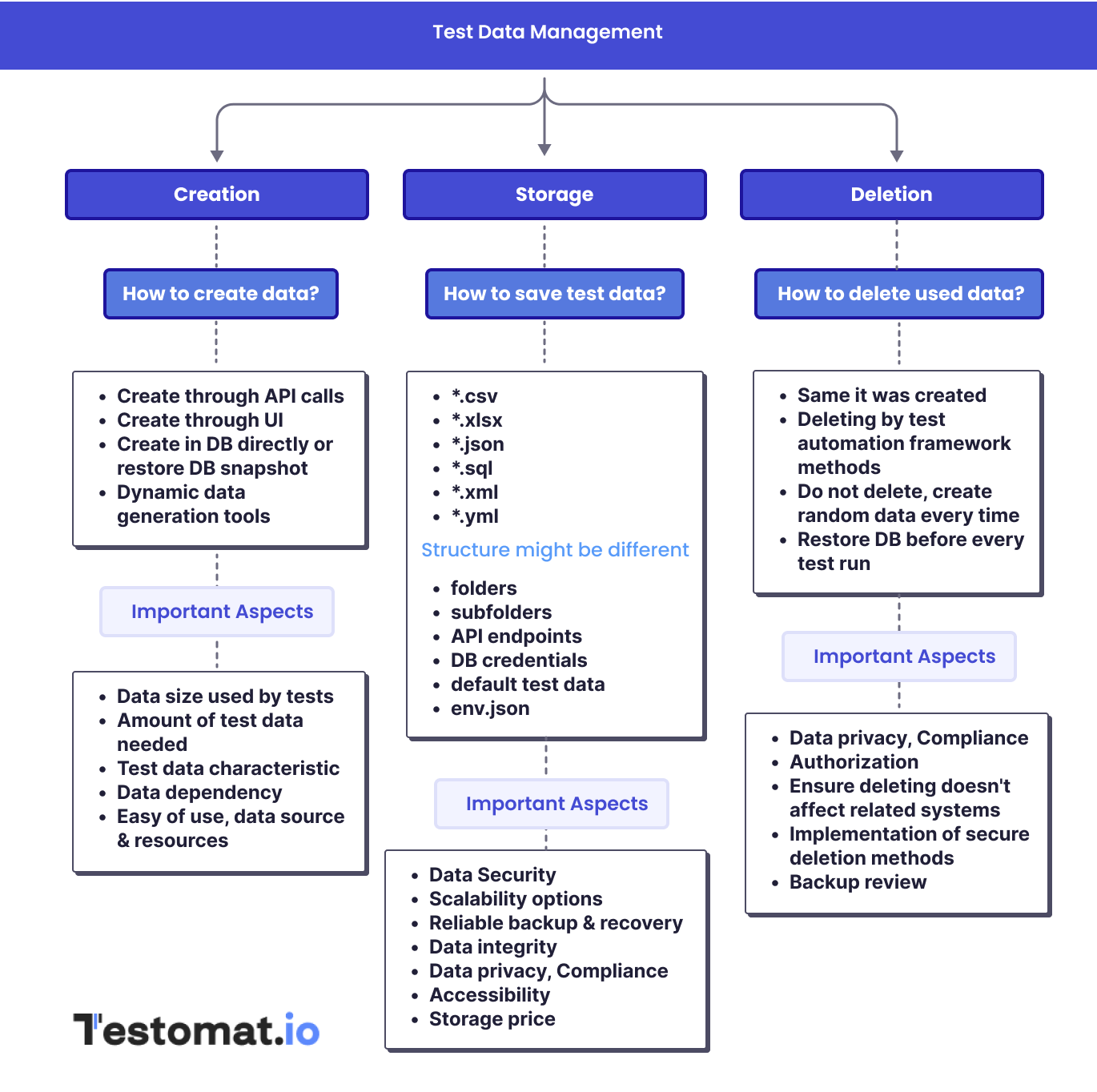
The next we consider an example – a registration page for a new user account. The test data might have multiple columns to cover all the required fields for registration:
| First Name | Last Name | Username | Password | Confirm Password | |
| David | Lee | david.lee@gmail.com | davidlee001 | StrongPass1! | StrongPass1! |
| Maria | Garcia | maria.garcia@gmail.com | mariagarcia87 | MariaSunshine | MariaSunshine |
| Kevin | Miller | kevin.miller.@gmail.com | kevinmiller99 | KevTech2023 | KevTech2023 |
You can have hundreds to thousands of such credential pairs representing unique test scenarios. However, having a huge database does not immediately mean that all data is high-quality.
Key criteria to evaluate test data quality
There are 4 major criteria to evaluate test data quality, including:
- Correctness. Test data should be realistic, valid, and relevant. Emails need standard formats, phone numbers should follow patterns, and passwords meet security standards and needs.
- Completeness. To effectively test the application’s response to different scenarios, all required fields in each test scenario must be filled.
- Relevance. Test data should align with specific test cases to make sure that scenarios cover expected user behavior and potential misuse for comprehensive evaluation.
- Consistency. You should provide consistent test data formats, constraints, and relationships (e.g., birth date and age) across all test cases to carry out accurate testing.
When prioritizing these principles, you can accelerate the effectiveness of your testing efforts.
Thus, it helps you uncover bugs, validate the App’s performance under diverse conditions, and deliver software designed with the user’s needs and preferences in mind.
Types of Test Data
- Positive test data. It represents what users would typically enter to ensure the App functions as expected. For instance, testing a login page with a correct username and password combination to verify a successful login.
- Negative test data. It simulates unexpected user behavior or invalid inputs to help QA teams identify potential issues the app might encounter in real-world situations. For instance, testing a login page with an incorrect username or password to see if the app displays an appropriate error message.
- Boundary test data. It focuses on the edges of acceptable input values to help teams guarantee that the app handles borderline cases gracefully, like dates on the edge of a year or very large file sizes. For instance, testing a registration form with the minimum or maximum allowed characters for a username to see the App’s ability to handle valid and invalid data.
- Invalid test data. It throws nonsensical or impossible values at the app. It helps uncover potential vulnerabilities or unexpected App behavior caused by truly invalid inputs. For instance, testing a search bar with special characters or symbols to see if the app handles them without crashing.
However, beyond the standard positive/negative/boundary examples, there are creative test data types used in specific situations. They are the following:
- Localization test data. It guarantees a seamless user experience across languages by verifying accurate translations, accommodating different text formatting (like length and direction), and ensuring cultural sensitivity in dates, symbols, and colors. For example, you might verify French date formats.
- Performance test data. It simulates real-world stress by using high user loads, reflecting real user behavior (logins, searches), and applying various data sizes (think large images and long descriptions) to identify potential bottlenecks. For example, hundreds of users add items to the cart simultaneously.
- Accessibility test data. It makes sure that the app works with screen readers, functions flawlessly with keyboard navigation, offers clear color contrast for all users, and provides descriptions for non-text elements.
The specific type of test data depends on the application and its intended use environment and should align with the database schema. By using these different types of test data, testers can uncover potential issues in an app’s functionality and verify if it performs well under various user interactions, both expected and unexpected.
Test Data Management: Why is it important?
Test data preparation is a challenge in the world of Agile Testing and CI\CD pipelines. How detailed structure of TDM process looks like:
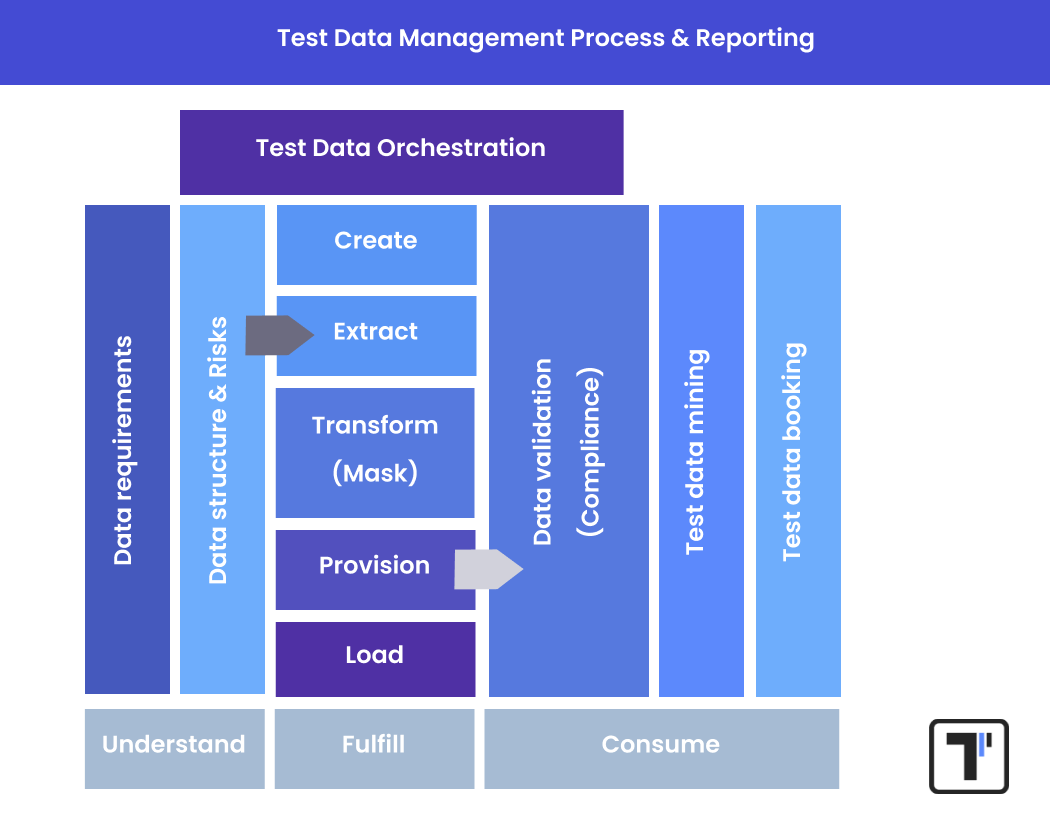
The rise of automation and complex application integrations has further intensified this challenge.
Below, you can find out the reasons why development teams need effective Test Data Management (TDM):
- High-quality test data allows to achieve 100% test coverage.
- Accurate data reduces the risks of the risk of false positives or negatives during testing and helps teams find real issues.
- TDM optimizes test data delivery and saves testers time previously spent on manual data gathering and preparation.
- TDM works with automation tools and accelerates testing process by running tests efficiently.
- With thorough testing across various real scenarios, TDM helps teams make sure that software products perform flawlessly under mixed situations/circumstances.
Guide Adopting a Test Data Management Strategy
#1: Identify Data Requirements
At this step, you should define the data required for testing, such as the specific types and volumes needed to cover all test scenarios effectively. This helps teams to make sure that all necessary data is available to carry out thorough testing. With the right data in hand, they can identify potential issues early and avoid more complex problems in the future.
#2: Source and Prepare Test Data
At this step, you should apply data masking, anonymization, or encryption techniques. These techniques guarantee compliance with regulations like GDPR, CCPA, and HIPAA by obscuring any PII or personally identifiable information. However, while protecting privacy is crucial, it’s essential to remember that the data still needs to stay functional for testing purposes.
#3: Provide Adequate Privacy Measures
At this step, you should apply data masking, anonymization, or encryption techniques. These techniques guarantee compliance with regulations like GDPR, CCPA, and HIPAA by obscuring any personally identifiable information (PII). However, while protecting privacy is crucial, you should remember that the data still needs to be functional for testing purposes.
#4: Provision and Manage Data
At this step, you should focus on test data provisioning. You need not only to set up data for new tests, but also manage data for tests that are already in progress. The key is making sure testers can quickly and efficiently access the data they need, eliminating wait times and delays. By minimizing time spent searching for data, you achieve faster testing cycles that contribute to the overall efficiency of the testing process and eliminate unnecessary delays.
#5: Maintain and Update Data
To make sure that test data accurately reflects production data, testing teams should update it regularly. This guarantees that your test data remains relevant and reflects real-world scenarios. Only with up-to-date test data can you identify potential issues arising from recent production changes.
#6: Monitor and Analyze Data Usage
At this step, you should remember to track data usage across different test environments. Only by analyzing these usage patterns, you can identify potential inefficiencies and uncover areas for improvement. When tracking data usage, your team can identify areas where data might be underutilized or even misused. Based on this information, teams can optimize your TDM strategy and make sure that resources are used effectively as well as your data remains high-quality
Test Data Management: Common Challenges and Solutions
QAs and development teams need fast and reliable test data. Despite the importance of TDM, they often face several challenges and limitations that can create bottlenecks during the software development lifecycle (SDLC). Some of these include:
| Challenge | Consequences | Solution |
| Massive Data Sets | Bad performance in terms of limited storage capacity and processing capability |
|
| Privacy & Security | Data privacy regulations like GDPR and CCPA, and safeguarding sensitive information like PII |
|
| Inaccurate Data | Getting unreliable test results based on inaccurate/outdated test data |
|
| Sync Issues | Difficulty in keeping data synced across different testing environments (e.g. production, staging) |
|
| Limited Access | Slowing down the testing process in terms of restrictions in accessing the required test data |
|
| Manual Data Creation | Time-consuming and error-prone manual test data management processes |
|
Modern Approaches to Test Data Management
Test data management has traditionally been a manual process and leads to inefficiency and errors. Fortunately, new and improved TDM techniques are gaining traction to tackle these challenges. Let’s overview these approaches and discover how they can improve your testing practices.
| Why use? | Techniques | |
| Automation | To reduce manual effort/errors and maximize time on more high-level activities |
|
| Security and Compliance | To protect sensitive data while keeping it functional |
|
| Effectiveness and Adaptability | To optimize resource allocation and handle growing data volumes |
|
| Data Quality and Consistency |
To guarantee reliable testing outcomes through accurate and consistent data |
|
Test Data Management Techniques
Test Data Management or TDM techniques are strategies and tools used to effectively create, manage, and maintain the test data needed to thoroughly evaluate software applications. Here are some key techniques used in TDM:
| Technique | Description | Benefits | |
| Data Creation | Manual Data Creation | Testers manually enter data required for specific test cases. | Good fit for simple tests and precise control |
| Data Pooling | QAs reuse existing test data for new tests after modification. | Improved efficiency and reduced redundancy in data creation | |
| Data Filtering (Subsetting) | By anonymizing real-world data, teams create test data and craft realistic test scenarios based on this anonymized data. | Realistic test data that reflects actual data distribution | |
| Data Parameterization | Teams develop reusable test data templates with variable elements to generate varied datasets | Efficient generation of large and diverse test datasets | |
| Synthetic Data Generation | Teams use tools to build realistic, synthetic data that closely reflects real-world scenarios | Realistic test data without privacy concerns | |
| Data Management | Data Masking and Anonymization | Teams anonymize sensitive data by replacing it with fictional values | Protected user privacy and well-maintained data functionality |
| Data Version Control | Teams maintain a clear history of test data modifications | Rollbacks and traceability of test results | |
| Data Cataloging and Archiving | Teams organize and store test data efficiently | Easy access and retrieval of test data, facilitated compliance with data retention policies | |
| Data Security Measures | Teams incorporate access controls, encryption, and other security protocols | Protected sensitive test data from unauthorized access | |
| Data Automation | Test Data Management Tools | Teams use specialized tools to optimize data operations | Streamlined repetitive tasks, improved efficiency, and reduced human error |
| API Integration | Teams integrate TDM tools with testing frameworks | Automated data delivery within the testing process | |
| CI/CD Pipeline Integration | Teams incorporate TDM practices into the CI/CD pipeline | Consistent and automated test data provisioning throughout the development |
Popular test data management tools
With data privacy laws taking center stage, organizations should rethink their approach to data usage and find alternatives to real production data for critical activities like testing, development, quality assurance, etc. This necessitates the use of the right test data management tools to generate anonymized and protected data while still delivering needed insights. There is a great number of test data management solutions available in the market where each test data management tool can cater to different needs and budgets.
Here’s a brief comparison:
- Enterprise-grade tools. They are designed for large organizations with complex data environments and stringent compliance regulations, offer robust functionalities like masking, synthetic data generation, anonymization, subsetting, data lineage tracking, and easy integration with systems for centralized data management, and provide comprehensive security features to guarantee sensitive data remains protected during the testing process. Informatica MDM, IBM InfoSphere Optim, and Collibra are some examples.
- Cloud-based tools. They are used to meet the needs of organizations of all sizes that require a flexible and scalable test data management solution. When focused on user-friendliness and ease of deployment, they offer self-service functionalities and integration with popular cloud platforms. Lambda test, Tricentis Tosca, Katalon Studio and testomat.io are some examples.
- Open-source tools. They offer a cost-effective option for smaller teams/organizations and provide basic data masking and anonymization capabilities to allow users to customize the solution to their specific needs. While they are free and highly customizable, you should have a test data manager who might be solely responsible for manual test data management processes to compensate for missing functionalities. OpenTDM, DADA2, Faker.js and DbAnonymizer are some examples.
When choosing a TDM tool, it is important to take into account the factors such as:
→ Size, complexity of the data, and budgetary limitations
→ Specific features required (e.g., data masking, synthetic data generation)
→ Integration capabilities with existing tools and processes
→ Ease of use and learnability
→ Vendor support and community resources
Best Test Data Management Practices
Adopting best practices in Test Data Management (TDM) guarantees that teams can efficiently manage their test data while maintaining high quality and compliance. Here are some key best practices:
#1: Self-service access for testers
When granting access to test data, this allows QAs to take full control of their testing process. They can not only avoid the need to wait on data management or IT teams but also provision and access the data they need on demand. This leads to faster and more efficient testing cycles and minimizes bottlenecks in the process.
#2: Version control for test data sets
With version control mechanisms, you can track all modifications made to your test data and manage different versions effectively. If any issues arise with current data, a simple rollback to a previous version minimizes disruption and wasted time.
#3: Data governance and compliance
By implementing robust data governance policies and practices, you can protect sensitive data and avoid potential legal ramifications. Through rigorous enforcement of data quality and integrity standards, you can make sure that test data is accurate and reliable while your test results are trustworthy.
#4: Integration with testing tools
When integrating TDM tools with your existing testing frameworks and tools, such as CI/CD pipelines and test automation tools, you can accelerate the testing process and guarantee a seamless data flow between them. Automating data provisioning reduces the need for manual intervention and contributes to increased testing coverage. That’s why test data is always up-to-date and accurately reflects the necessary scenarios for comprehensive testing.
#5: Data masking and anonymization
You need to regularly apply data masking and anonymization techniques to balance both data security and usability. When protecting sensitive data and preserving the data’s utility for testing purposes, teams can mitigate the risks associated with data breaches and unauthorized access, while guaranteeing compliance with regulations.
Test Data Management Benefits
Implementing the right Test Data Management (TDM) solution offers numerous advantages, each contributing to the overall effectiveness and efficiency of software development and testing processes:
- Agility and Speed to Market. With well-implemented test data management, teams can drive quicker test cycles and faster identification of issues to accelerate the development and release of software products.
- Software Quality. High-quality, representative test data allows teams to carry out thorough and accurate testing and cover a wide range of scenarios to improve the overall quality of the software and minimize the likelihood of bugs and anomalies in production.
- Cost Efficiencies. If implemented effectively, TDM reduces the need for extensive manual data preparation and minimizes storage costs through techniques like data subsetting and virtualization.
- Compliance. Thanks to features for data masking, anonymization, and encryption, you can make sure that test data complies with data privacy regulations which leads to avoiding legal penalties and building trust with customers and stakeholders.
- Employee Experience. By reducing the manual effort required for data preparation and ensuring easy access to relevant test data, TDM improves the working conditions for testers and developers and contributes to a more motivated and productive work environment.
- Tester | Developer Productivity. With automated data provisioning and streamlined data management processes, QAs and developers can avoid tedious and time-consuming data setups to focus on more complex tasks.
Wrapping up
With robust Test Data Management (TDM), you can transform your testing process from data chaos into testing confidence. TDM provides efficient and secure testing that contributes to faster time to market, improved software quality, and a more productive development environment. If you want to take control of your test data, drop us a line or contact our TDM experts to start building testing confidence today!
